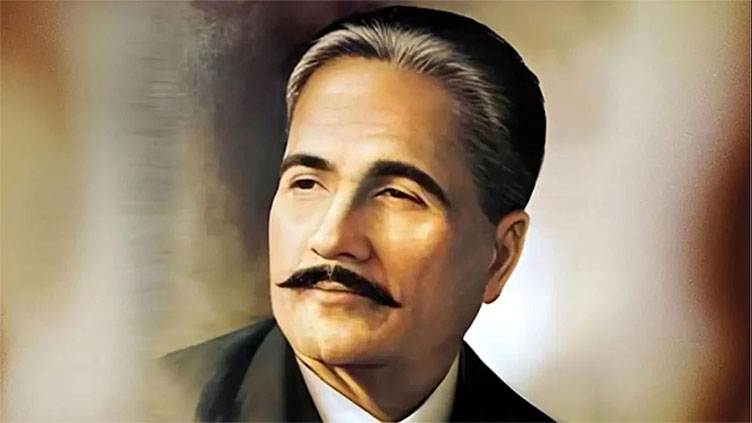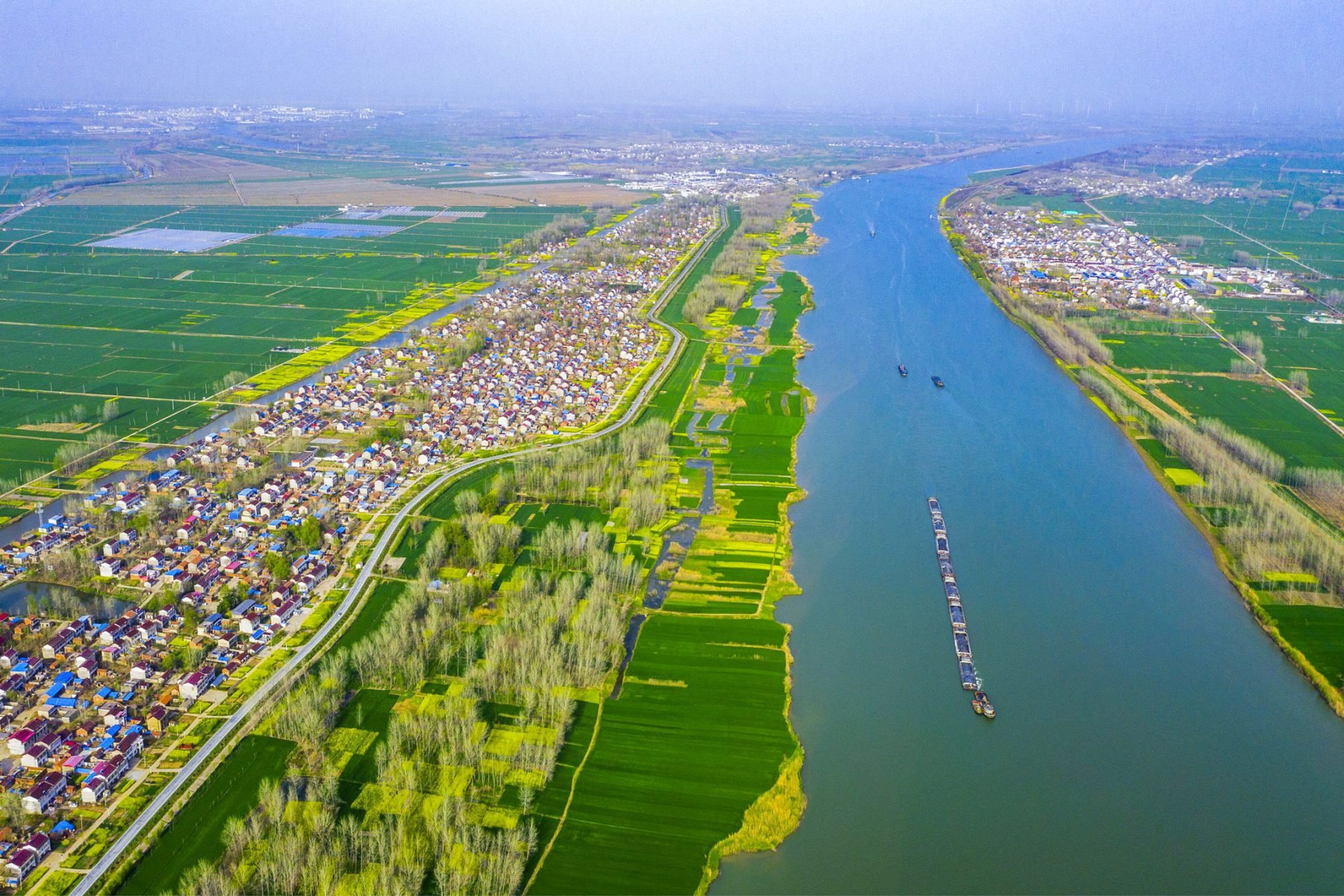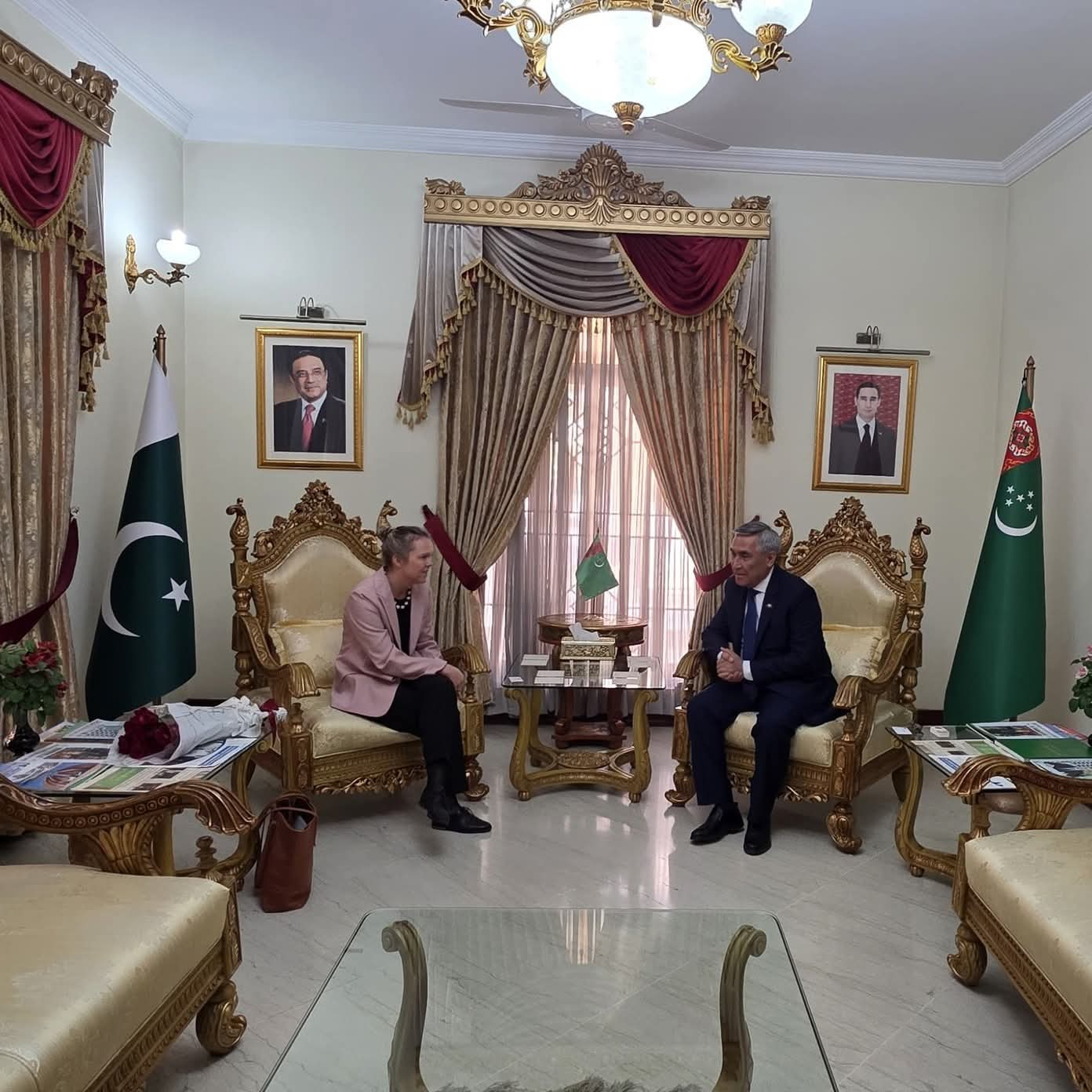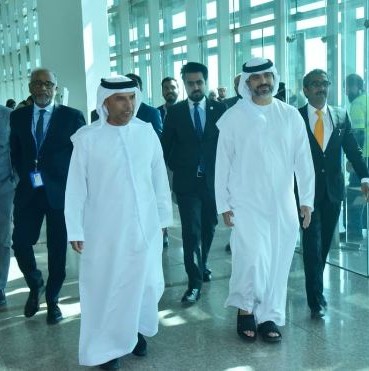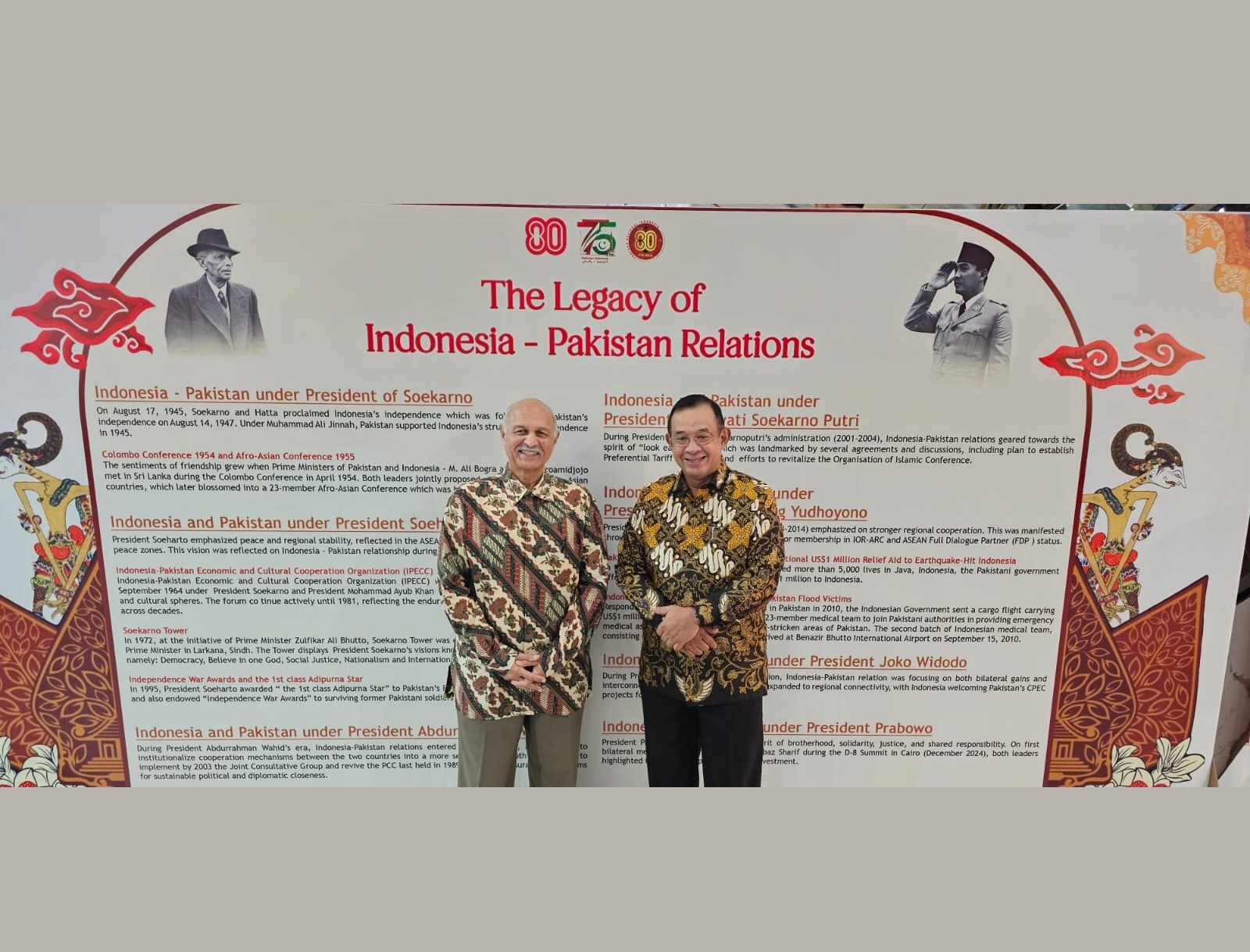The first EU–Central Asia Summit took place on April 4, 2025, in the historic city of Samarkand, Uzbekistan, representing a significant moment in the development of strengthening cooperation between two closely aligned regions. The summit was chaired under President Shavkat Mirziyoyev, with the attendance of the leaders of Kazakhstan, Kyrgyzstan, Tajikistan, and Turkmenistan, as well as European Commission President Ursula von der Leyen and European Council President António Costa, to enhance collaboration and envision the future of interregional ties.
This important summit offered a strategy providing a vital & diverse pathway for cooperation, economic integration, and investment in innovation, climate initiatives, and digital advancement with the emphasis on the increasing acknowledgment that stronger collaboration between the European Union and Central Asia is essential for the stability and prosperity of both regions. It was concluded with a joint declaration signed by the five Central Asian states and the EU, officially elevating their relationship to a strategic partnership at a high level.
Enhancement in Trade
A key focal point of the summit was on enhancing trade and economic collaboration to build an increasing confidence between the two regions. In the last seven years, the trade volume between the EU and Central Asia has increased fourfold, with an impressive €54 billion, with the significant rise emphasizing the shared economic interests.
Central Asia, which is well known for mainly exporting mineral and chemical products, as well as metals and other similar items, collectively makes up around 92% of its exports to the EU. In exchange, imports from the EU primarily include industrial and transport machinery, chemicals, and home appliances, accounting for 70% of the goods entering Central Asia. This kind of trade framework is vital for promoting Central Asia’s current industrial advancement and its assimilation into global value chains. The continuous influx of European technologies and standards is promoting enhanced efficiency, productivity, and competitiveness in major Central Asian industries.
For example, the trade between the EU and Uzbekistan rose by 1.6 times from 2020 to 2024, with a total of €6.4 billion. Uzbekistan’s exports to the EU have increased four times during this time, supported by its entry into the EU’s Generalized Scheme of Preferences Plus (GSP+) in April 2021. This preferential trade system enables duty-free entry for more than 6,000 products, upsurging Uzbekistan’s export expansion. The European Council’s recent choice to prolong the GSP+ program until the conclusion of 2027 indicates ongoing backing for this advantageous trade system.
Infrastructure, Energy, and Connectivity
Transport and infrastructure played a significant role in summit discussions. One of the most ambitious initiatives proposed in the summit is the creation of the Middle Corridor, a strategic trade route linking Central Asia to Europe via the South Caucasus. If fully developed, the corridor could cut travel times to only 15 days—nearly half of what traditional northern routes require.
The EU’s declaration of a €12 billion investment initiative for Central Asia strengthens the EU’s dedication to the area. The investment is built upon four essential pillars: transportation and infrastructure, vital raw materials, digital connectivity, and renewable energy, corresponding with the EU’s Global Gateway Strategy, seeking to mobilize sustainable investments worldwide, particularly in infrastructure and green energy transitions.
The summit highlighted the significance of Central Asia’s rich reserves for contemporary industries, such as critical raw materials like rare earth elements, lithium, and copper. These resources are essential for the EU’s green and digital transformations, especially in the manufacturing of batteries, semiconductors, and renewable energy innovations. The EU aims not just to extract raw materials but also to enhance local processing and refinement capabilities, creating added value and stimulating industrial growth in the region.
For this purpose, current Memoranda of Understanding with Kazakhstan and Uzbekistan are being broadened to include all five Central Asian countries. The intended Joint Declaration of Intent regarding critical raw materials will promote sustainable supply chains, technology sharing, workforce development, and collaborative research. This strategy is anticipated to generate new employment possibilities, assist small and medium-sized enterprises, and strengthen institutional connections between Europe and Central Asia.
Promoting Digital Connectivity and Renewable Energy
In the initiative to modernize regional economies, the summit highlighted collaboration in digital infrastructure. Improving digital connectivity between Europe and Central Asia will boost communication systems, promote e-commerce, and aid the digital transformation of education, public services, and industries, paving the way for enhanced collaboration in cybersecurity, fintech, and innovation ecosystems.
The strengthening cooperation in clean energy was also a key topic in the discussions of the summit. As Central Asia has significant renewable energy potential, especially in solar, wind, and hydropower sources, the EU shows interest in aiding the region’s shift towards low-carbon economies while seeking possibilities for green hydrogen production and the export of clean energy. The scheduling of the Samarkand International Climate Forum, which took place alongside the summit, reinforced the dedication & commitment to environmental sustainability.
Regional Connectivity
During his opening remarks, President Shavkat Mirziyoyev highlighted the growing presence of significant European companies—Total, Siemens, Airbus, and BASF—creating a solid foundation for enhanced industrial cooperation. The additional suggested multiple new methods for strengthening interregional collaboration, such as an extensive Partnership and Cooperation Agreement between Central Asia and the EU, the establishment of a “Central Asia–EU” Interparliamentary Forum, and frequent ministerial-level discussions that have taken place. President Mirziyoyev gives an idea to create a regional industrial center in Uzbekistan focused on European firms, which would work as a center for manufacturing and innovation, enabling European companies to take advantage of the expanding markets in Central Asia and affordable production expenses.
Uzbekistan and Kazakhstan have become key contributors to regional connectivity in Central Asia, with their leadership significantly playing the role of the path of interregional integration and collaboration. The increasing regional significance of both countries is supported by their comprehensive, multi-faceted strategies and forward-thinking leadership, which have established them as connectors between East and West, as well as promoters of sustainable development, peace, and shared prosperity. In Uzbekistan, the leadership of President Shavkat Mirziyoyev has transformed the nation’s position in regional matters through active diplomacy and visions. President Mirziyoyev’s forward-thinking development strategies and appeals for increased interconnectivity in Eurasia have gained global acknowledgment, as numerous nations embrace his ideals of collective growth, integration, and stability.
Simultaneously, Kazakhstan, guided by the visionary leadership of President Kassym-Jomart Tokayev, has purposefully adopted regional connectivity as a cornerstone of its national development strategy. His focus on economic diversification, infrastructure projects, and neutrality has transformed Kazakhstan’s position as a key hub in Eurasian trade systems. With the effective establishment of the Trans-Caspian International Transport Route, referred to as the Middle Corridor, Kazakhstan’s goal is to offer dependable, efficient, and sustainable options for East-West trade, consequently drawing significant foreign investment and worldwide attention.
President Tokayev’s plan for changing Kazakhstan into a logistics and economic hub focuses on and involves supporting green energy corridors, improving digital connectivity, and boosting interoperability throughout regional transportation networks. Consequently, the leadership of Uzbekistan and Kazakhstan has a significant role in fostering a more integrated, connected, prosperous, and resilient region.
The first EU–Central Asia Summit in Samarkand represented an important achievement in interregional diplomacy, creating new avenues for cooperation that are strategic and sustainable. With €12 billion in committed investments, a plan for industrial and environmental progress, and strengthened institutional connections, the alliance between the EU and Central Asia is set for a new stage of connectivity, collaboration, and shared growth. This summit will be helpful in establishing a foundation for a strong and inclusive future between two regions growing more interdependent.

Executive Director, Pakistan Research Center for a Community with Shared Future (PRCCSF).




